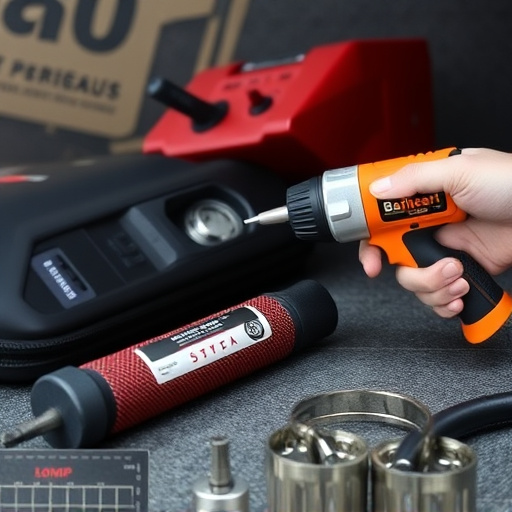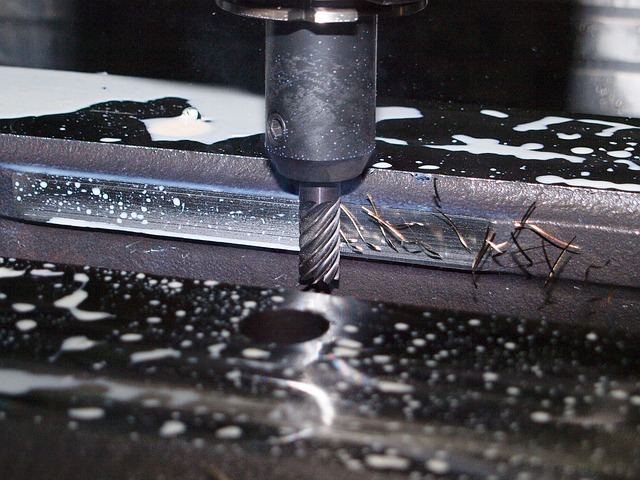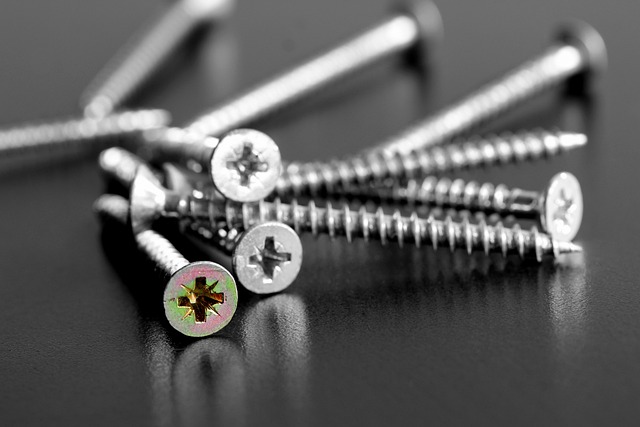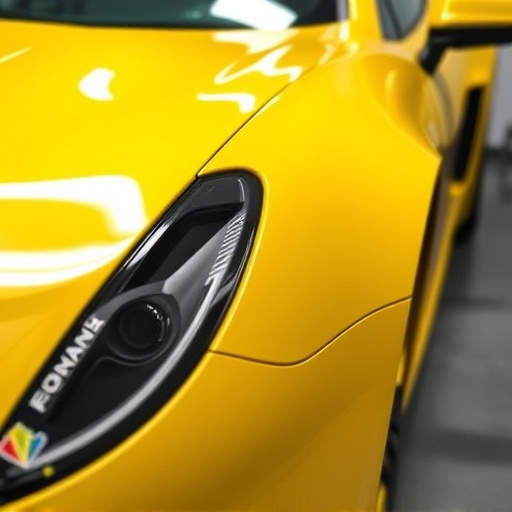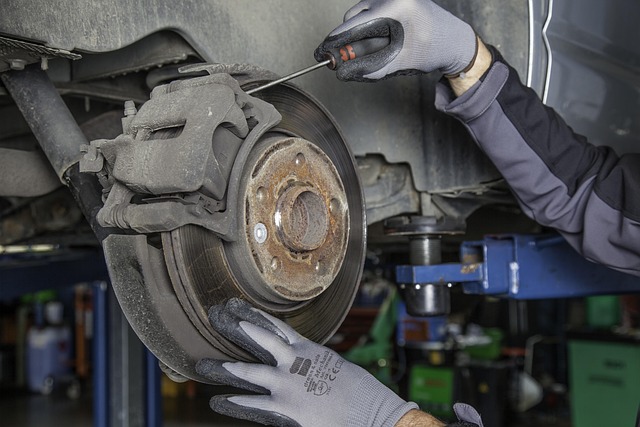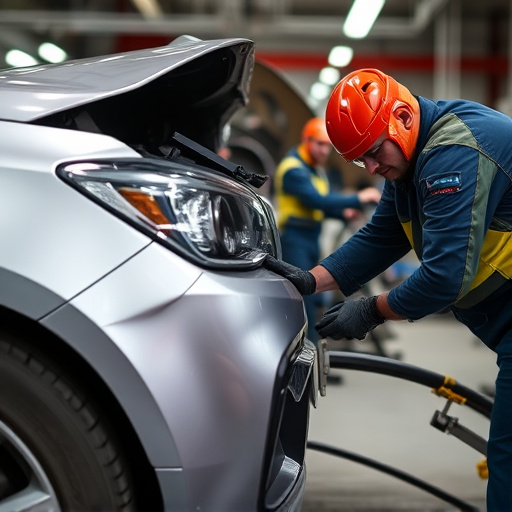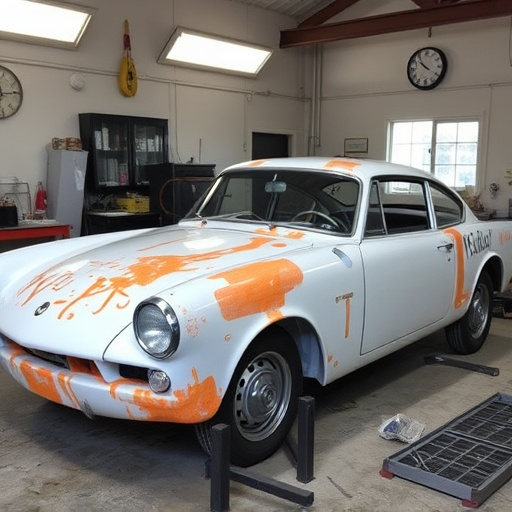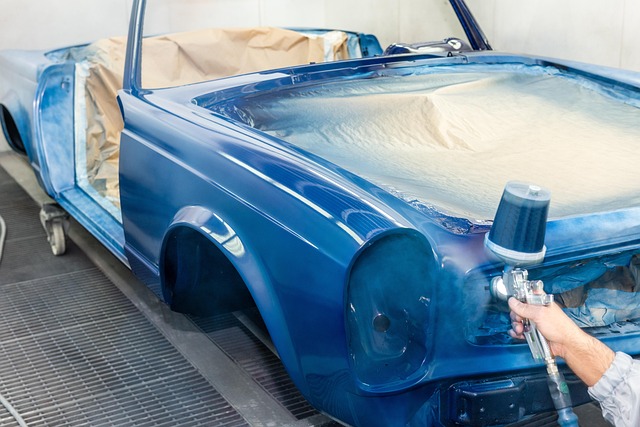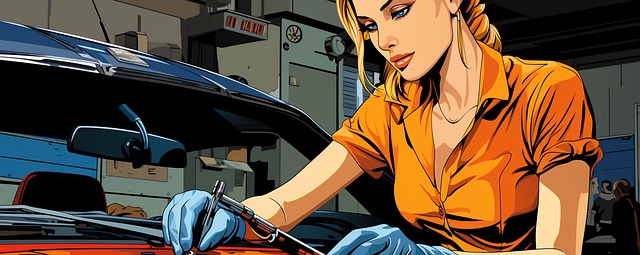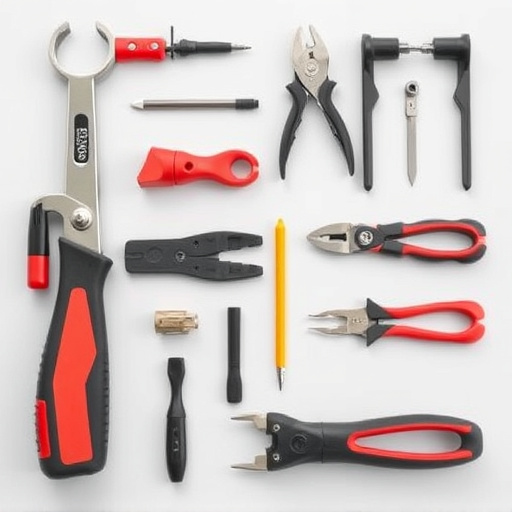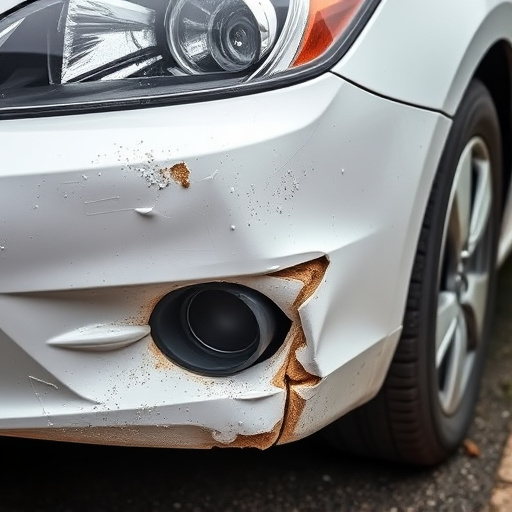Before performing a fuel system collision check, visually inspect your vehicle's fuel tank and lines for damage or corrosion, such as rust and cracks, which can compromise integrity. If issues are found, consult auto body services for skilled technicians to assess and recommend repairs, ensuring safety, performance, and preventing potential hazards. Regular inspections promote efficiency, prevent costly repairs, and are crucial for luxury brands like Mercedes Benz.
Preparing your vehicle for a fuel system inspection involves a meticulous process to ensure optimal performance and efficiency. This comprehensive guide walks you through crucial steps, from assessing the fuel tank and lines for potential leaks or corrosion to examining the fuel pump, filter, injectors, and sensors. By following these guidelines, you’ll be ready to pass the fuel system collision check with flying colors, ensuring your vehicle runs smoothly and safely.
- Assessing the Fuel Tank and Lines
- – Visual inspection of the fuel tank for signs of damage, corrosion, or leaks
- – Checking fuel lines for cracks, blisters, or looseness
Assessing the Fuel Tank and Lines
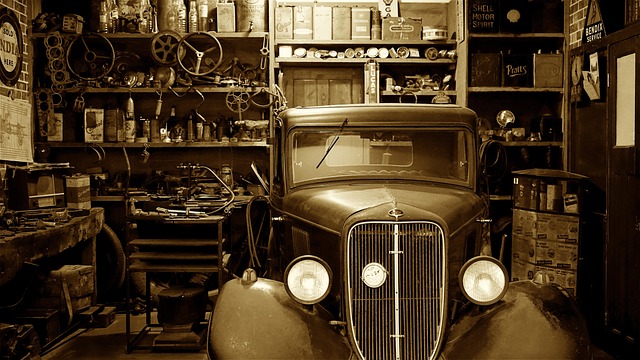
Before conducting a fuel system collision check, it’s crucial to assess the condition of your vehicle’s fuel tank and lines. Start by visually inspecting for any signs of damage or corrosion on both the external fuel tank and the lines connecting it to the engine. Rust and cracks can indicate weaknesses that may compromise the integrity of the fuel system, especially after a collision.
If you notice any issues, consider turning to auto body services provided by an automotive body shop. Skilled technicians can evaluate the extent of the damage and recommend repairs, ensuring your vehicle’s safety and performance during the inspection. Remember, a well-maintained fuel system is not just essential for smooth driving but also plays a critical role in preventing potential hazards post-collision.
– Visual inspection of the fuel tank for signs of damage, corrosion, or leaks

Before conducting a fuel system inspection, start with a thorough visual assessment of your vehicle’s fuel tank. Look for any signs of damage, corrosion, or leaks that might indicate potential issues. Over time, fuel tanks can accumulate rust and debris, especially if they’ve been exposed to moisture or harsh environmental conditions. These build-ups could disrupt the fuel flow and cause inefficient combustion, so it’s essential to address them promptly.
During this visual inspection, pay close attention to any visible cracks in the tank’s structure or signs of previous repairs. Also, check for loose connections at the fuel pump and fuel lines, as these components are integral to a smooth-running engine. Regularly inspecting your fuel system, including a collision check, is a proactive step towards ensuring the safety and efficiency of your vehicle, and it can also prevent more costly automotive collision repair in the long run.
– Checking fuel lines for cracks, blisters, or looseness
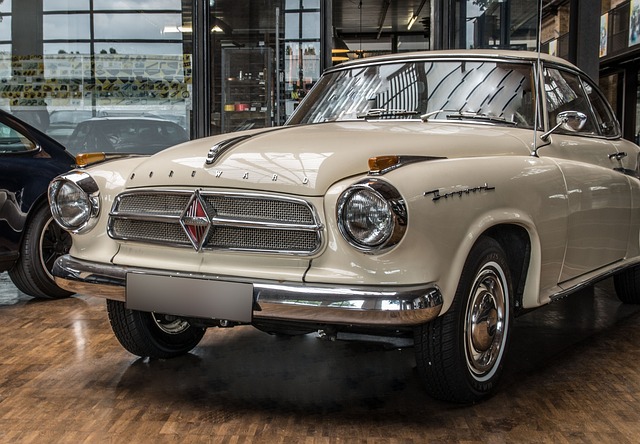
Before scheduling your fuel system collision check, take a moment to inspect the fuel lines for any signs of damage or wear and tear. Cracks, blisters, or looseness in the lines can indicate issues that might require professional attention. These problems could lead to fuel leaks, which not only pose safety risks but also have environmental implications. Regularly checking this component as part of your vehicle’s maintenance routine is crucial, especially for older cars where corrosion or deterioration may be more prevalent.
During this visual inspection, pay close attention to areas where the fuel lines connect to the engine and fuel tank. Ensure all connections are secure and in good condition. A simple check can help catch potential problems early on, preventing larger issues down the line. Remember, a well-maintained fuel system contributes to your vehicle’s overall efficiency, performance, and safety—an important aspect to consider, especially for luxury car brands like Mercedes Benz repair, where precision and meticulous attention to detail are paramount.
A thorough visual inspection of your vehicle’s fuel tank and lines is a crucial step in preparing for a fuel system collision check. By examining the fuel tank for any signs of damage, corrosion, or leaks, and checking the lines for cracks, blisters, or looseness, you can identify potential issues before they become serious problems. Regular maintenance like this not only enhances safety but also contributes to optimal vehicle performance.

